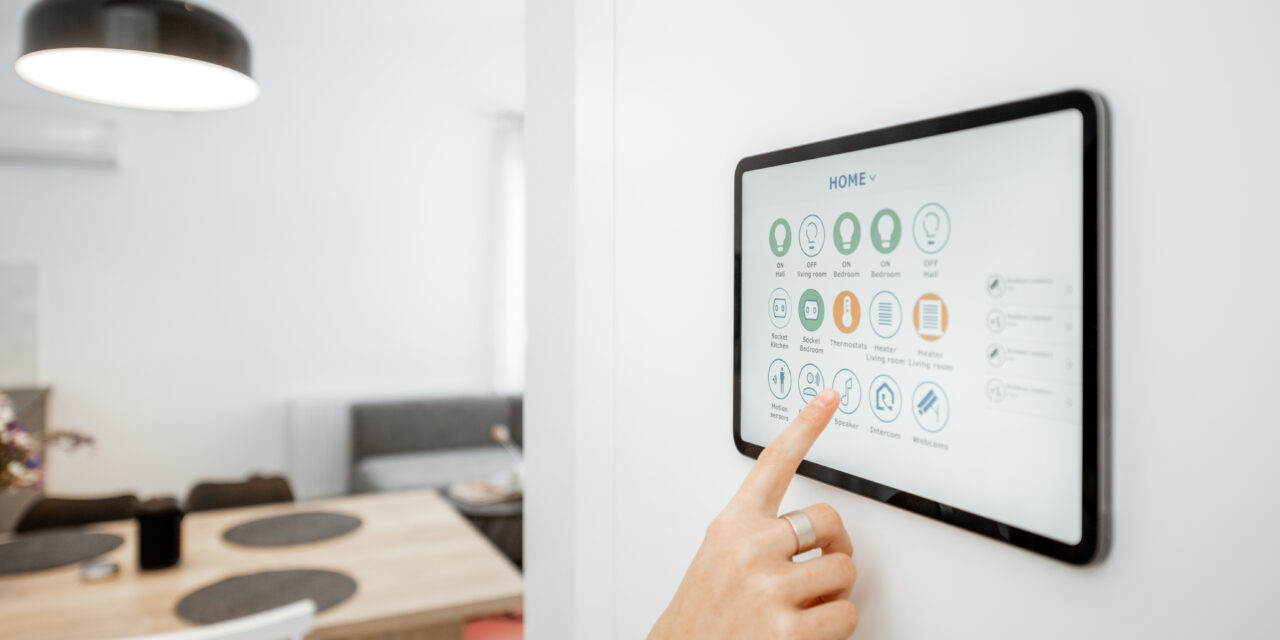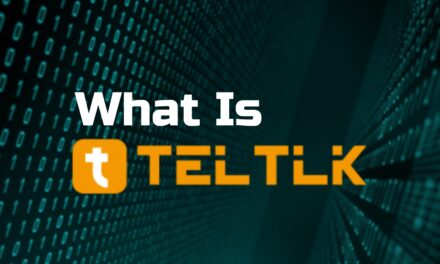
How Text-to-Speech is Shaping the Future of Smart Home Devices

The smart home device is currently giving way to living mainstreams that are revolutionizing the way we interact with technology. One innovation changing this new wave is the application of text-to-speech or TTS technology. This technology enables virtual assistants, smart thermostats, and security systems to give instructions, send alerts, and provide daily reminders in natural voices. This kind of technological advancement thus increases the user experience and, hence, makes smart homes more accessible, intuitive, and interactive.
This article will explore how text-to-speech technology will influence the future of smart home devices, including its benefits and the possible impact of TTS on the adoption of smart homes around the globe.
What is Text-to-Speech Technology?
As the TTS technology reads out written text as spoken words, it uses AI to produce voice outputs that increasingly sound like real voices and are helping devices “speak” to the user. Now, TTS is used in all sorts of applications in smart home systems, within mobile applications, and in virtual assistants where it provides time-invariant voice interactions with the user.
Quality has significantly improved in the technology. Early TTS systems sounded almost like robots without much emotion in a flatly produced voice. Nowadays, with improvements in artificial intelligence, they produce less robotic voices and closer approximations of human sounds. These improved qualities enable TTS technology to blend into smart home appliances and change the ways we interact with our homes.
How Text-to-Speech is Revolutionizing Smart Homes
1. Making Everyday Activities Less Complicated
That is, TTS is one of the numerous advantages of rendering daily activities easy to perform. You do not need to physically go through your devices or read notifications to be alerted. Smart devices can give you voice and reminder alerts, and even virtual assistants that can let you know about any weather updates or traffic alerts and can manage your schedule so you won’t be interacting constantly with the screen.
More than that, TTS-enabled smart home devices can lead people through how to use appliances, how to adjust the room temperatures, or how to set up the devices, thus making it even more hands-off for users.
2. Accessibility improvements
Another aspect through which it contributes to the inclusion of people with disabilities in smart homes is text-to-speech technology. In the TTS, an individual who suffers from a visual disability or is mobility challenged can interface with his or her smart home systems with easy convenience and without having to rely on some form of visual information or physical action to carry out the operation.
By allowing smart devices to communicate through voice, TTS fills the existing gap between technology and the users who rely on auditory input; through it, homeowners can now control their lights, locks, thermostats, and even other home systems using simple voice commands that TTS translates into action.
3. Improvement of Personalization
Another field where TTS technologies are at their best in creating personalization experiences is to creation of smart home devices with the capacity to learn preferences over time, which can be used to provide personal, voice-based messages reminders, and instructions. For instance, a virtual assistant could remind you of a routine that should be done daily, appointments, or even grocery lists using TTS, sounding familiar and warm.
This personalization creates greater engagement, giving users a perception that they are corresponding with another human being. As the smart home system evolves further, TTS technology will be at the forefront of guiding it to offer customized experiences for everyone.
4. Increased Security and Alerts
There are also quite several features TTS plays in enhancing home security. Most modern smart security systems now use TTS and deliver real-time alerts to homeowners. A smoke alarm, motion sensor, or security the critical information will be delivered timely and clearly by voice. This goes a long way in making a homeowner feel secure that their security systems will communicate the right thing at the right time in case of urgency.
Besides, intelligent doorbells and cameras may be connected with TTS for teaching directions to visitors or even to alert a homeowner about somebody’s arrival on their premises.
TTS combined with Artificial Intelligence in Smart Homes
Current features of text-to-speech technology rely on artificial intelligence which enables smart home devices to comprehend, process, and respond more effectively to voice commands. Through AI, TTS systems can take the ability to produce more natural and contextual knowledge, hence a smoother and intuitive interaction.
One of the emerging features in smart homes is when AI and TTS are combined to make them even smarter. Devices can look at user behavior patterns, anticipate needs, and give real-time voice updates based on individual choice. It is the integration of AI with TTS that is driving the future of smart home systems, where devices do not only react to commands but predict and act proactively on user needs.
To test it, you can make use of a text to speech ai free tool which offers an overview about how this particular technology is now making voice interactive in every sphere. This tool will help you convert any text into natural speech, thereby reflecting how far TTS has come into delivering such realistic voice outputs.
AI in Marketing and Smart Homes
Artificial intelligence is changing how we live in our homes and changing the market world in many industries, especially in marketing. Smart devices, using artificial intelligence for data collection and analysis, can provide great insight into user behavior, which can be used to increase the quality of Artificial intelligence marketing by marketers and companies.
AI-based TTS should be part of smart homes in making product recommendations personalized with the habits and preferences of the homeowner. The smart refrigerator may suggest grocery purchases from the home owner’s consumption patterns or a smart speaker recommending entertainment options from listening history. This is not only improving the experience of the smart home but unlocking many future possibilities in consumer engagement and marketing.
Future of TTS in smart homes
As smart homes enter advanced modes, text-to-speech will play a main role in future innovations in home automation. With the natural voices that TTS has today, it would be even more lifelike and relate to more personalized human-to-machine interaction. Advancement in AI can help TTS systems understand better and provide responses based on context while trying to predict user needs in real-time.
Smart home devices would do everything possible in the near future, building themselves into each other, headed by TTS as the heart of any communication. From telling you how to cook something, giving voice instructions on recipes, or reminding you to water your plants, TTS continues making life easy and convenient.
Conclusion
The text-to-speech technology is shaping the future of smart home devices to make them more interactive, accessible, and user-friendly. TTS allows smart devices to speak in natural voices, thus providing a real-time alert, reminder, or instruction that adds value to the whole user experience. Artificial intelligence interaction with TTS makes the interaction with our living space even more personal and intelligent.
This technology will continue to enhance the role of voice-driven smart homes, or TTS, to make the lives of users more convenient and connected. Simplifying tasks or making the home safer, TTS will be one of the technologies revolutionizing the smart home.

















